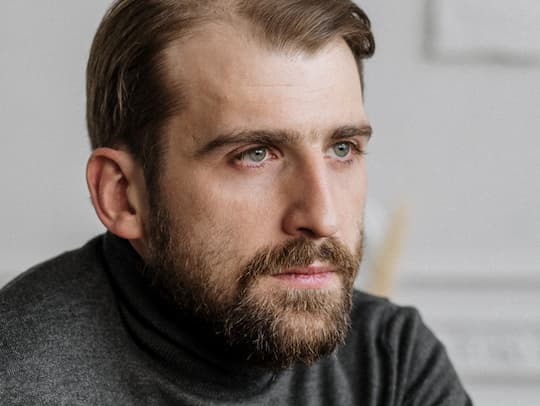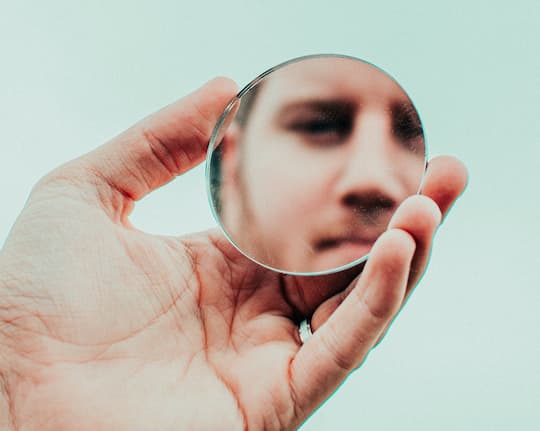Although normal narcissists are self-centred, they have a psychological edge.
‘Normal’ narcissists have a mental toughness that helps them succeed, research finds.
Normal narcissists are those that are more narcissistic than average, but are not clinical narcissists.
The study of 340 Italian adolescents found that, although young narcissists were self-centred, they did better on their exams than their IQ levels suggested.
Narcissists are not cleverer, but they are more assertive and confident — this allows them to make up for deficiencies elsewhere.
Dr Kostas Papageorgiou, who led the research, said:
“Narcissism is considered as a socially malevolent trait and it is part of the Dark Triad of personality traits — narcissism, psychopathy and Machiavellianism.
Previous studies indicate that narcissism is a growing trend in our society but this does not necessarily mean that an individual who displays high narcissistic qualities has a personality disorder.
In our research, we focused on subclinical or “normal” narcissism.
Subclinical narcissism includes some of the same features of clinical syndrome — grandiosity, entitlement, dominance, and superiority.
Dr Papageorgiou explained the traits of a narcissist:
“If you are a narcissist you believe strongly that you are better than anyone else and that you deserve reward.
Being confident in your own abilities is one of the key signs of grandiose narcissism and is also at the core of mental toughness.
If a person is mentally tough, they are likely to embrace challenges and see these as an opportunity for personal growth.”
Dr Papageorgiou believes that mental toughness is the key:
“People who score high on subclinical narcissism may be at an advantage because their heightened sense of self-worth may mean they are more motivated, assertive, and successful in certain contexts.
Previous research is our lab has shown that subclinical narcissism may increase mental toughness.
If an individual scores high on mental toughness this means they can perform at their very best in pressured and diverse situations.
We should think in a more nuanced way about narcissism, says Dr Papageorgiou:
“It is important that we reconsider how we, as a society, view narcissism.
We perceive emotions or personality traits as being either bad or good but psychological traits are the products of evolution; they are neither bad nor good — they are adaptive or maladaptive.
Perhaps we should expand conventional social morality to include and celebrate all expressions of human nature.”
The study was published in the journal Personality and Individual Differences (Papageorgiou et al., 2018).








